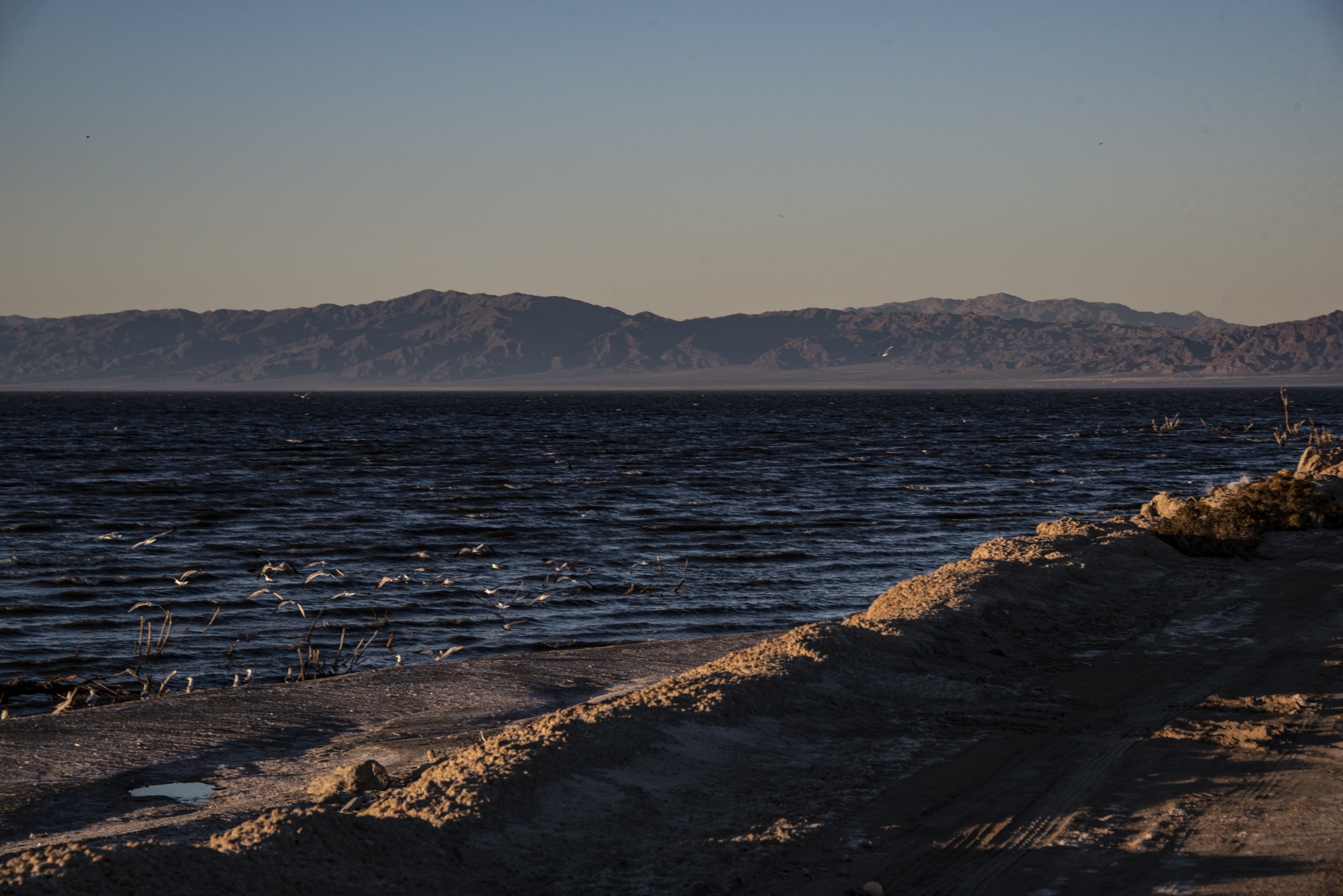Imperial County Declares Local Emergency Over the Decline of the Salton Sea
- The following is the opinion and analysis of the writer.
- Use of this article or any portions thereof requires written permission of the author.
salton-sea-1559480333POO.jpg

In October, Imperial County in California declared a local State of Emergency for the Salton Sea. The declaration will be passed on to California Governor Newsom, who will then consider declaring a state level emergency pursuant to California’s Emergency Services Act. If he does, President Trump may recognize the emergency, making funds available through the Federal Emergency Management Act.
The Salton Sea was created in 1905 when a faulty irrigation canal failed and diverted the entire flow of the Colorado River into the Salton Sink. The resulting freshwater lake became the largest lake by surface area in California at about 375 square miles. Since its formation, it has gradually been increasing in salinity and is now saltier than the ocean. It loses 1 million acre feet of water (MAF) annually to evaporation and is fed by high salinity agricultural return flows.
Imperial Irrigation District (IID) is south of the Sea and Coachella Irrigation district lies to the North. Irrigation districts are water purveyors tasked with building the pipes, canals and pumps necessary to deliver to individual farms. With 3.1 million acre feet in allocation, Imperial holds more rights to Colorado River water than any other California water agency. In the 1990s, the Colorado River Basin States were not using their full allotments of Colorado River water. California contracted with the Department of the Interior to use the remaining water, up to 800,000 additional acre feet per year, until the upper basin states developed their rights. The excess water was diverted to Los Angeles and San Diego via the Metropolitan Water District.
In 2003, California was forced to return to the 4.4 MAF allotment provided to them in the Boulder Canyon Project Act of 1928 because the other states in the Colorado River Compact were gradually using their full shares of Colorado River water. The cut left the large cities of southwestern California with a water shortage and they looked to the IID to supply them with more water. The IID resisted. Eventually, after a court decree, the agencies agreed on the Quantification Settlement Agreement (QSA) that placed conservation measures on irrigated farms and diverted 300,000 acre feet of conserved water to the Metropolitan and Coachella water agencies.
Unfortunately, the higher efficiency agricultural irrigation resulted in less runoff to feed the Salton Sea. As a result, the Salton Sea has been losing about a foot of elevation per year for the past 15 years. The rate of decline increased in 2017 when mitigation flows agreed on in the QSA expired. The mitigation agreement had provided money to fallow IID fields and divert the saved Colorado River water directly to the lake to slow its net evaporation.
At current rates of decline, 100 square miles of lake bed will be exposed and within 10 years the salinity will be too high to support bird life. The sea is home to millions of migratory birds. Moreover, up to 100 tons of dust per day may be created if the lakebed is exposed, violating the Clean Air Act and increasing asthma incidence for 650,000 people in the surrounding area. $730 million in total funds have been dedicated to mitigation efforts, but estimates of the full cost of addressing the problem range from $4-10 billion. As reference, the cost of the Central Arizona Project, a pipeline completed in 1993 diverting water from the Colorado River to Phoenix and Tucson, was $4 billion.
Declaring a local emergency gives the county government the ability to appropriate some forms of property for emergency management, suspend statutes that interfere with crisis management and request a state level emergency. In this case, it is a declaration that the public health crisis from lake declines leading to particulate matter exposure is beyond the capacity of Imperial County local government to address.
The declaration follows Imperial County’s efforts to contractually bind the California legislature to direct funds to the Sea as part of the QSA. Last year Imperial Irrigation District refused to sign on to the seven-state Drought Contingency Plan governing shortages in Colorado River water because the plan did not address the Salton Sea problem.
Imperial County’s hope is that a state emergency will be declared and that President Trump will then recognize the emergency. The Federal government could then direct funds to the problem, sharing costs and leadership with the state of California for the cleanup and dust suppression projects. The local Emergency declaration does not guarantee state or federal action will occur, or even be effective. For instance, the Hurricane Katrina disaster response was plagued by inaction at the state and federal level.
Additionally, the emergency response process leaves considerable discretion to both the governor and the President, leaving unclear what responsibility for fund appropriation is still held by the California Legislature. This discretion provides ample opportunity for the continuation of the current status quo characterized by intergovernmental blame and inaction. The likely outcome is no change in the steady evaporation of the lake, a persistent march to ecological disaster for millions of birds, and some form of dust suppression for the exposed lake bed.
That will leave hundreds of thousands of acre feet of saline runoff that continue to flow from the IID because the diversion to the Metropolitan water agency is only a portion of IID’s total allocation. Hopefully the remaining runoff can be slowly incorporated into new wetland and habitat projects, or recovered for use in the vicinity of the dying Sea.

